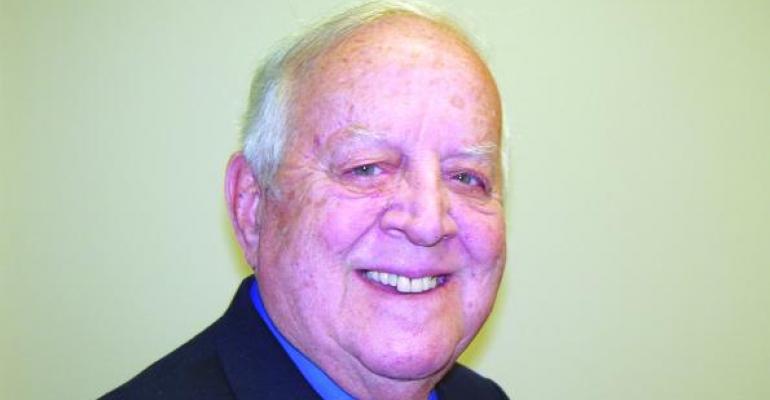John Riccardo’s name doesn’t resonate among the long list of American automotive titans, but one of his critical decisions does: Luring Lee Iacocca to Chrysler, where the former Ford president went on to global renown in the 1980s as Chrysler’s savior and, unlike Riccardo, became a household name.
Riccardo died Feb.13 after attending a basketball game at his alma mater, the University of Michigan. He was 91, three months older than Iacocca. Coincidentally, both had Italian roots: Iaccoca’s parents emigrated from Italy, as did Riccardo’s father.
Otherwise they were almost complete opposites. Riccardo was shy, reticent and a “bean counter” who played the game by the numbers. Iacocca was outspoken, loved the limelight and even appeared in commercials ballyhooing Chrysler’s sometimes less-than-stellar cars and trucks. Although educated as an engineer, Iaccoca proved to be a marketing genius after he ushered the now-iconic Mustang into production in 1964.
Riccardo joined Chrysler in 1959 and moved quickly up the ranks under his mentor Chairman and CEO Lynn Townsend, also an accountant. In 1970 he was named president and five years later succeeded Townsend.
Riccardo inherited a conflagration of problems including the 1970s fuel crises, an avalanche of costly regulations, and a stale product lineup that left hundreds of thousands of vehicles sitting in weed-strewn fields for up to two years.
I interviewed Riccardo numerous times during his tenure as CEO. Some reports indicate he was not comfortable with journalists, but I found him always to be forthright and amiable despite the burdens on his shoulders. And I learned something else: John was a family guy. I saw him frequently at Little League games in suburban Detroit where our sons played against each other.
Trying to right the sinking ship, Riccardo raised cash by selling off hunks of Chrysler’s overseas operations, including those in Europe that Townsend had acquired in his quest to rely less on U.S. results and to create an international presence.
Internally, his cost-cutting earned him the sobriquet “Flamethrower,” but I didn’t think it quite fit for a man I knew as quiet and reflective.
Facing bankruptcy back home he tried unsuccessfully to win regulatory relief and petitioned the Carter Admin. for a $1.2 billion loan. He was turned down.
After Henry Ford II fired Iacocca in August 1978, Riccardo began his courtship of Iacocca. Three months later Iacocca moved across town as president and chief operating officer. When a weary Riccardo abruptly retired at age 55 in September 1979, Iacocca moved up to CEO, and in January 1980 Chrysler finally got its bailout.
Riccardo is not remembered as a “car guy” whose imprint is on hot-selling models, but he was instrumental in paving the way for the automaker’s later marketplace success.
He was CEO when Chrysler introduced the first volume U.S. front-wheel-drive cars, the Dodge Omni and Plymouth Horizon, in 1977 as ’78 models. Based loosely on a subcompact developed by France’s Simca, then owned by Chrysler, the cars and their derivatives remained in production until 1990 and nearly 1 million were sold.
Riccardo’s most important move, after the Iacocca deal, was that he listened to his engineers and gambled $700 million of scarce funds to develop an entirely new line of front-drive compacts, the Dodge Aries and Plymouth Reliant. Ready for production by 1978, the K-cars, as they were called, arrived in 1981, and more than 2 million had been sold when production ended in 1989. Iacocca credited them for turning around Chrysler’s fortunes and for its ability to pay off the federal loan much earlier than necessary.
More importantly, the K-cars formed the basis for a whole new class of high-volume vehicles, the Dodge Caravan and Plymouth Voyager minivans, introduced in 1984. The Voyager has been replaced by the Chrysler Town & Country, but the widely imitated and profitable minivans remain in production.
Although John Riccardo’s name doesn’t show up prominently in automotive annals, a deeper look reveals a legacy he would be proud of.





